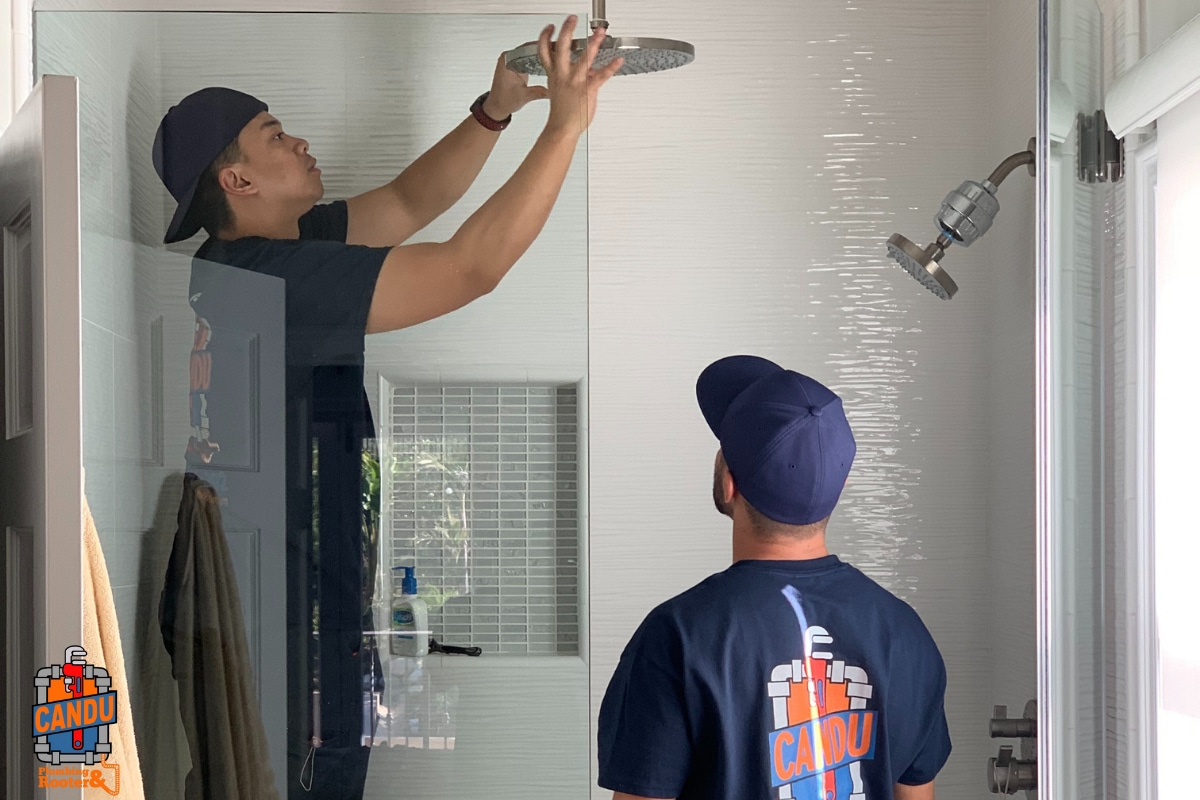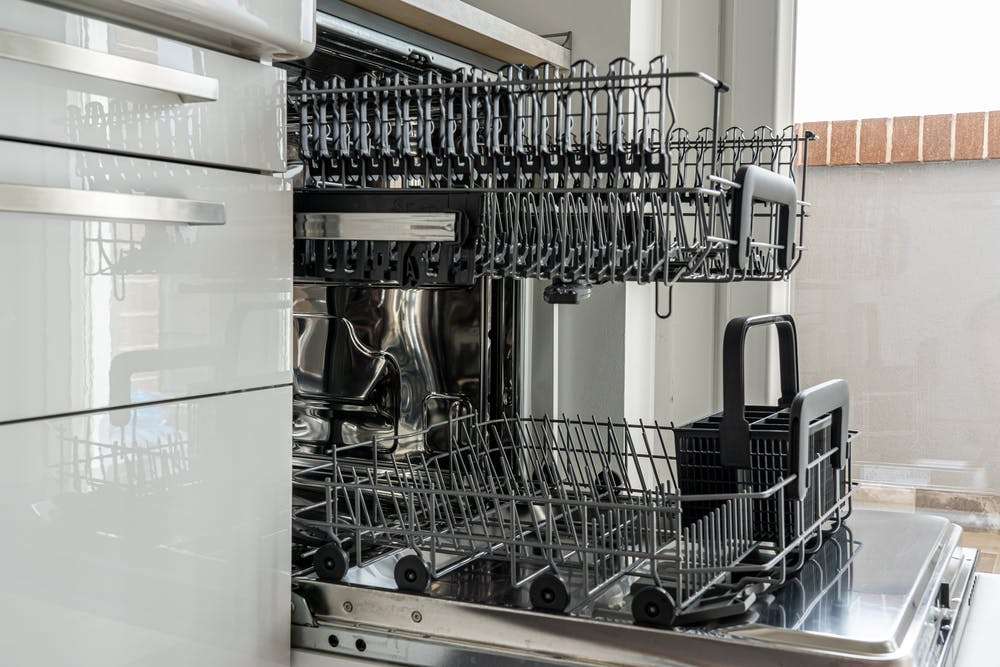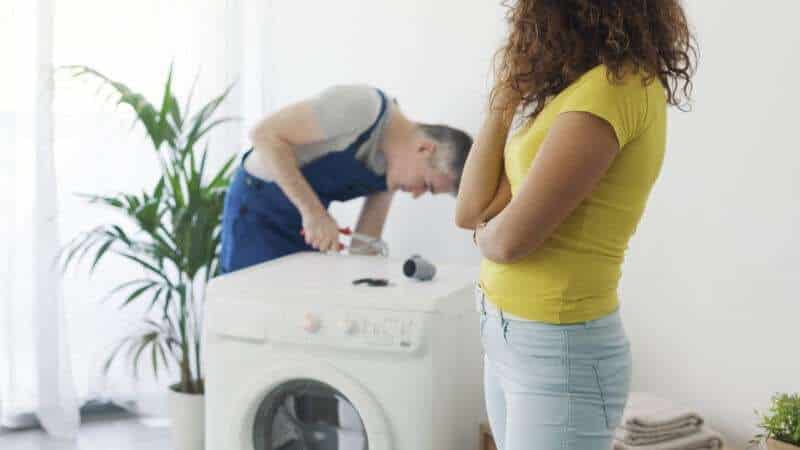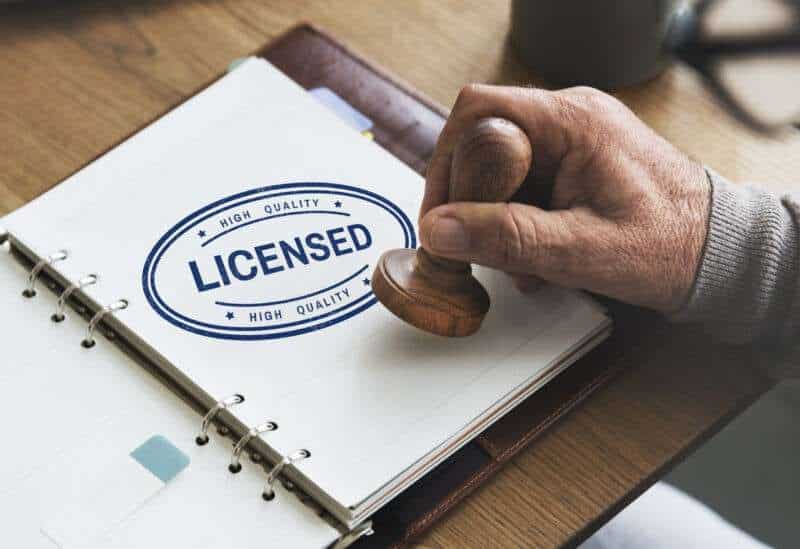Water is a precious resource, and wasting it costs homeowners a lot of money in the form of higher water bills. Fortunately, most homeowners can reduce their water usage by adopting good conservation practices. Below are the four best practices that will help you lower your water bill.
1. Install High-Efficiency Flush Toilets
Homeowners can save substantially on water bills by replacing older toilets with high-efficiency toilets. Nearly one-third of all water used by homeowners is literally flushed down the toilet, so reducing the total amount of water per flush is one key to lowering bills.
Toilets have had a long history of high water usage, but modern toilets are extremely efficient in comparison. For example, toilets manufactured before 1980 used up to eight gallons per flush, and even up until the early 1990s, it was common for toilets to use over three gallons per flush.
Toilets have had a long history of high water usage, but modern toilets are extremely efficient in comparison. For example, toilets manufactured before 1980 used up to eight gallons per flush, and even up until the early 1990s, it was common for toilets to use over three gallons per flush.
However, since 1992, toilets manufactured in the United States can use no more than 1.6 gallons of water per flush, and many are able to flush with less than that amount. In addition, dual-flush models offer homeowners the option to use less than a gallon of water per flush for disposing of liquid wastes.
2. Install Low-Flow Showerheads
Another means of reducing water usage is installing low-flow shower heads. Low-flow showerheads are designed to restrict the amount of water used without compromising the quality of the shower.
Older showerheads use several gallons of water per minute, but today’s models can provide good service at under two gallons per minute. The technology used to lessen water usage depends on the particular showerhead, but many are equipped with a fixed flow restrictor inside the shower head itself.
Other showerheads have adjustable settings that enable users to change the flow rate by varying the spray pattern. As another option, you can lower flow rates by installing a simple shut-off valve between the showerhead and supply pipe; this adjustable valve enables you to tailor the volume of water passing through the showerhead.
Older showerheads use several gallons of water per minute, but today’s models can provide good service at under two gallons per minute. The technology used to lessen water usage depends on the particular showerhead, but many are equipped with a fixed flow restrictor inside the shower head itself.
Other showerheads have adjustable settings that enable users to change the flow rate by varying the spray pattern. As another option, you can lower flow rates by installing a simple shut-off valve between the showerhead and supply pipe; this adjustable valve enables you to tailor the volume of water passing through the showerhead.
3. Irrigate Your Landscape with Care
A beautiful lawn and lush landscape is a plus in the eyes of homeowners, but keeping everything green requires water. In many cases, homeowners waste a lot of water needlessly on their lawn and landscaping.
Homeowners have several options to help reduce the amount of water used to water grass, trees, shrubs and flowers. For example, manual sprinklers should be replaced with automatic sprinklers. Automatic sprinklers use timers to control when watering occurs and can prevent over-watering and waste by turning on and off as scheduled.
Homeowners have several options to help reduce the amount of water used to water grass, trees, shrubs and flowers. For example, manual sprinklers should be replaced with automatic sprinklers. Automatic sprinklers use timers to control when watering occurs and can prevent over-watering and waste by turning on and off as scheduled.
Another option for saving water when irrigating is by using a drip system. Drip irrigation relies upon the use of perforated hoses that deliver tiny but steady amounts of water over time. Drip systems help cut down on evaporation and maximize water usage as a result.
4. Maintain Your Plumbing
A great way for homeowners to save money on their water bills is to ensure their plumbing is well-maintained. Poorly maintained plumbing can waste a lot of money by allowing good water to enter the sewer system or the ground.
For example, it isn’t unusual to find toilets that consistently leak water from their fill valves, thus leading to a steady stream of water running into the bowl. This type of leak can be easily fixed by replacing a defective fill valve with a low-cost replacement; most homeowners can perform a replacement in well under half an hour.
Another source of water loss is leaky faucets or spigots. A constant drip can create a substantial amount of waste over a period of time. However, as with a leaky toilet valve, most faucets and spigots can be quickly repaired for a reasonable cost. Repair typically entails replacing a rubber washer in the case of conventional faucets or changing cartridges in a cartridge-style faucet.
Another source of water loss is leaky faucets or spigots. A constant drip can create a substantial amount of waste over a period of time. However, as with a leaky toilet valve, most faucets and spigots can be quickly repaired for a reasonable cost. Repair typically entails replacing a rubber washer in the case of conventional faucets or changing cartridges in a cartridge-style faucet.
If you need more tips and hints for saving water, be sure to contact Candu Plumbing. The friendly professionals at Candu Plumbing can provide advice and perform water-saving repairs as needed.




